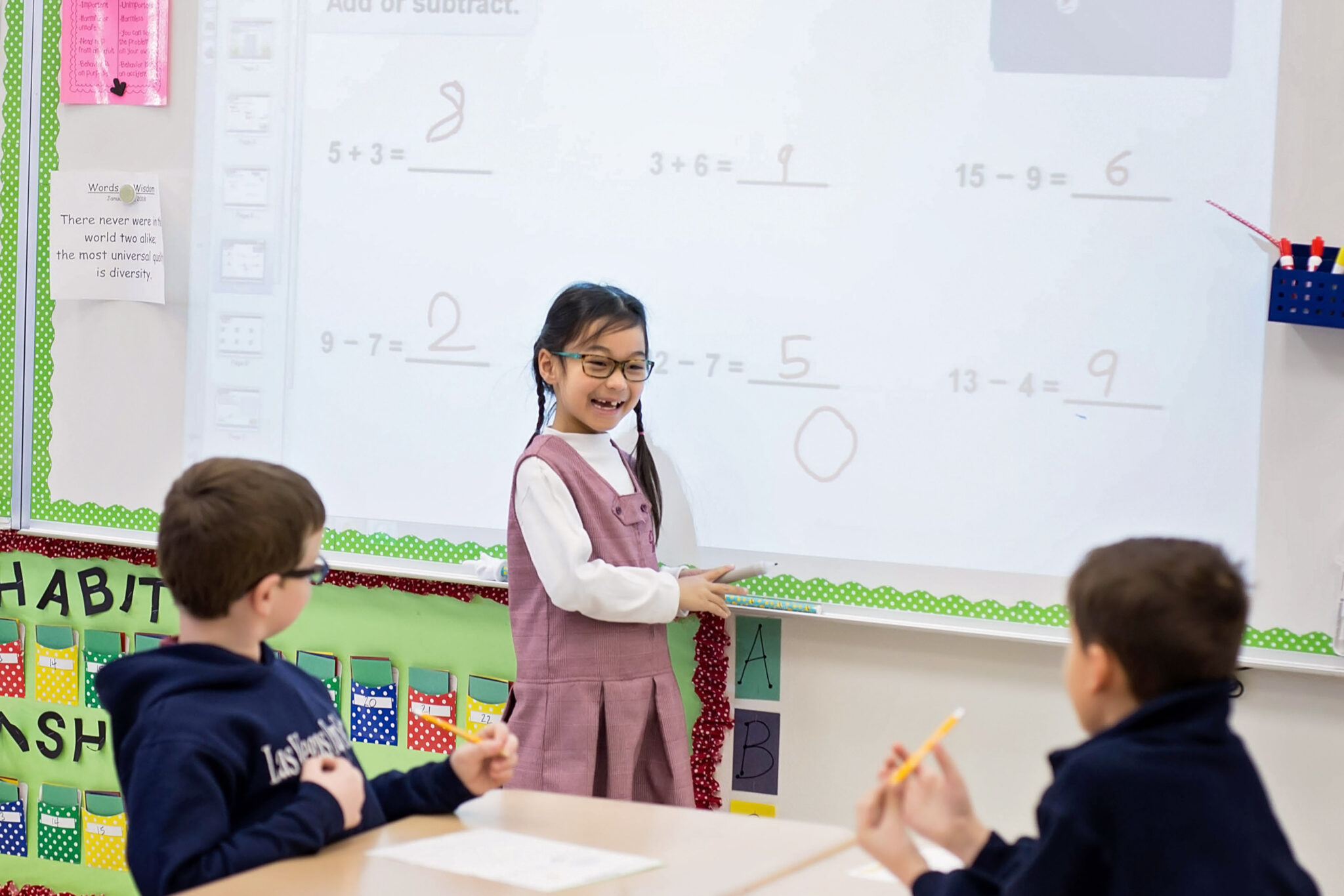Schedule a Tour
First Grade
Third Grade
Fourth Grade
Fifth Grade
Second Grade Facts At A Glance
- Age range: 7 years old to 8 years old
- School hours: Classes start at 8:25am and dismisses at 2:55pm
- Classroom size: 20 students
- Student to Faculty ratio: 10:1
Second Grade FAQ
Does the school have assemblies and guest speakers?
The school has several assemblies and guest speakers annually. These special programs enhance the academic instruction and enrich our student’s educational experience.
Do parents have to provide their child’s school supplies?
As a convenience to parents, the school provides all necessary school supplies for the year at a nominal fee.
Does the school have a hot lunch program?
Parents can order lunches online through BetterLunch for delivery during lunchtime. There are a variety of kid friendly lunch items available each day.
Do students have recess?
All elementary classes have a morning recess and lunch time recess. First and second grade have an additional afternoon recess time.

